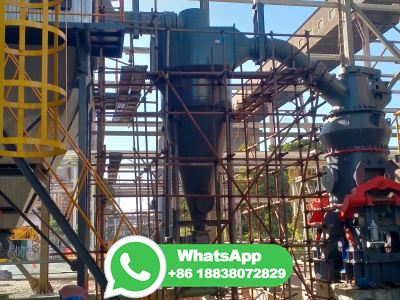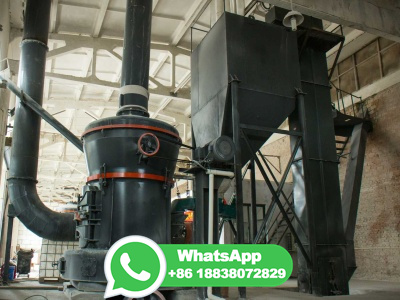What is the Milling Process? | Market Prospects
Milling refers to a technique of moving the relative position of a workpiece such as metal to a tool while cutting or drilling a hole in the material to give the material the desired shape. When working, the tool rotates as the main movement, the workpiece moves as the feed movement, and the workpiece can also be fixed, but the rotating tool ...




























